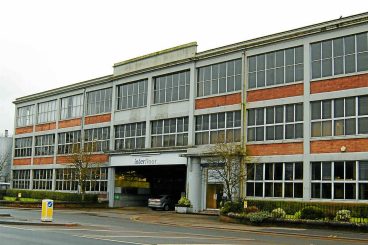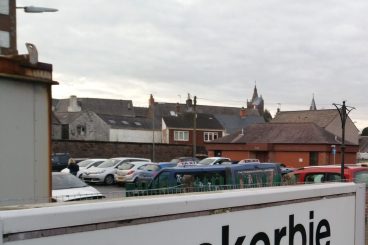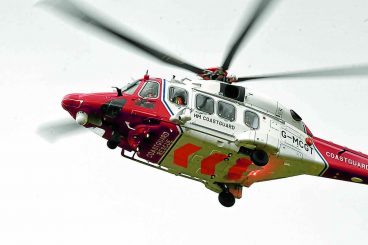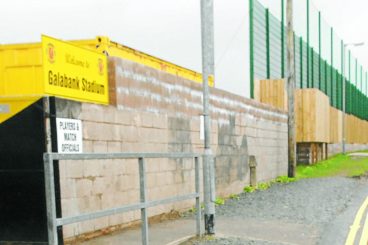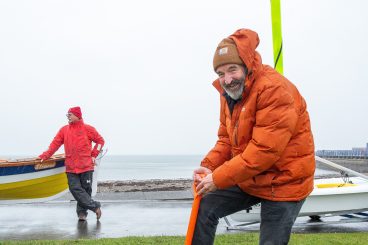The Rolls-Royce Merlin engine from an RAF Mosquito which crashed into a Welsh mountainside in 1944, killing both crew members, is destined to be a centrepiece of a memorial in London in honour of the RAF’s Photo Reconnaissance Unit.
More than 80 years since it last flew, the engine is being cleaned and treated at a base in Bicester, Oxfordshire, after being recovered, and with thanks in part to the assistance of INEOS Automotive.
And when Spitfire AA810 Restoration Ltd, which is heading the campaign, needed a specialist solution to clean the engine, they turned to a company based in Annan who are experts in their field.
Eco Group first started out 15 years ago as a dry ice cleaning business and has also continued to develop and hone its dry ice expertise, retaining its status as one of the UK’s leading experts.
Steven McCreadie, dry ice team leader at Eco Group, and colleague Gordon Keen, travelled to the Classic Collective in Bicester, where they carried out the engine clean in the base’s workshop using their specialist dry ice equipment.
Steven said: “Obviously when you are dealing with a piece of equipment which is so historic and significant you want the result to turn out exactly as the restorers hoped for. Thankfully all went smoothly, and they were delighted with the outcome.”
Built of lightweight wood, powered by two Rolls-Royce Merlin engines, the de Havilland Mosquito was a versatile warplane which excelled as a spyplane.
This particular plane – Havilland Mosquito PR.IX LR412 – was constructed at Hatfield in early 1943 and flew for the first time on the June 11 of that year.
Assigned to 540 Photographic Reconnaissance Squadron at RAF Benson, from logbook evidence LR412 flew a minimum of 51 flights which totalled 19 operational sorties, 14 of which were successful in completing the sortie objectives.
Being a pure reconnaissance aircraft, LR412 flew these unarmed operations all over occupied Europe including France, Germany, Italy, Norway, and Poland.
The aircraft crashed on Aran Fawddwy Mountain, Dolgellau, Merionethshire, Wales on Wednesday February 9, 1944 during daylight hours whilst undertaking a test flight from RAF Benson.
There were no eyewitnesses to the crash. Search flights were carried out from RAF Benson on February 10, 1944 in an attempt to locate LR412, however these flights were not successful.
The wreckage was located by a local farmer during a routine check of his farmland in the afternoon of February 14, 1944.
The dead men were identified as Marek Slonski-Ostoja and navigator Paul Riches.
Both crewmen are buried together in St Mary’s Churchyard, Chessington.
The Spitfire AA810 project is campaigning to see those that flew these highly clandestine spy operations commemorated for the first time on a National Photographic Reconnaissance Monument situated in Whitehall close to where the vital intelligence gleaned from the aerial photographs was used to most effect.
From late 2023 through 2024, the team negotiated the acquisition of the remains of the aircraft which included one of the engines.
With the need to preserve and conserve the engine for inclusion in the monument, the Spitfire AA810 project reached out to the Eco Group for help.
Eco Dry Ice’s technology and capabilities meant their solution was ideal to clean the plane’s engine.
Tony Hoskins is the director of Spitfire AA810 Restoration Ltd.
He said: “We’re so absolutely delighted at the results of the dry-ice blasting carried out by Steven and his team.
“The condition it brought the engine back to after sitting exposed to the elements for nearly 40 years, and then stored for another 40 years was beyond belief.”






